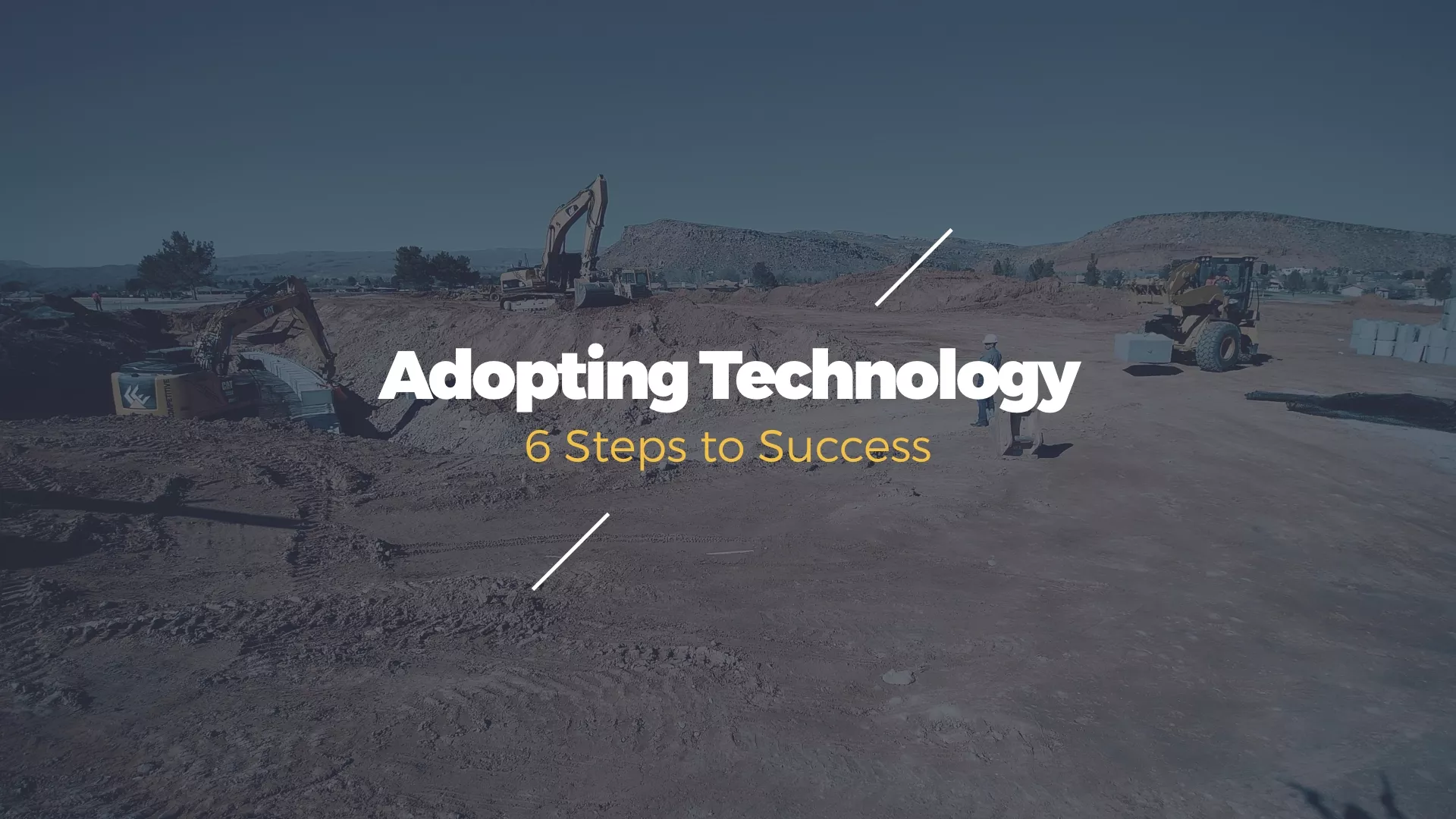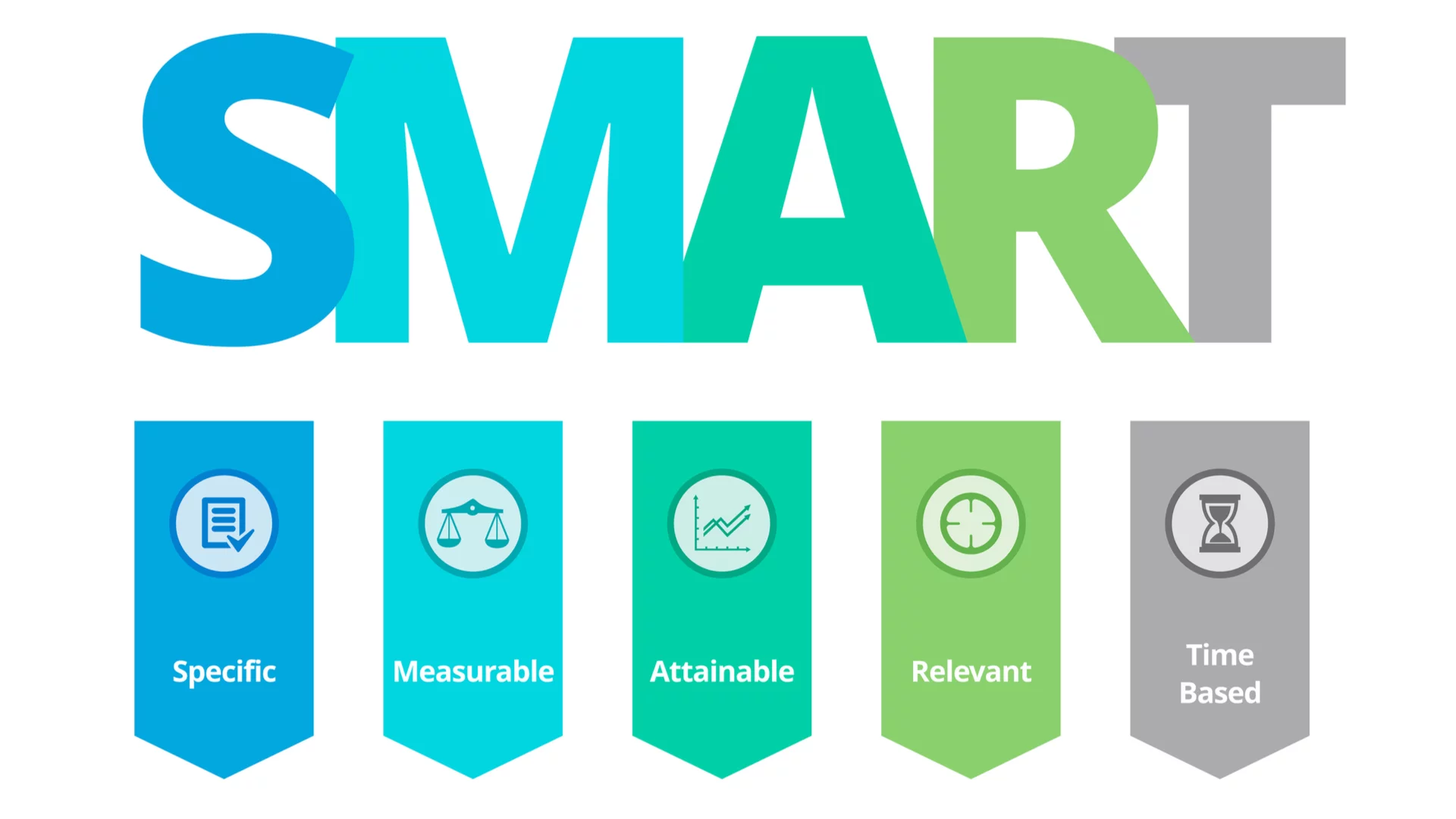
Employee retention is a critical issue for most construction businesses. It’s a subject we’ve covered in-depth, providing you with 5 factors to improve employee retention. But because employee satisfaction is a process, not a product, it pays to revisit the idea on a regular basis.
One of the primary elements in the employee satisfaction equation is employee benefits. Many construction company benefits are well-established. This is especially true for medium and large companies. But it’s less common with smaller firms and with younger contractors just starting out where benefits for construction workers are often overlooked.
Employee Benefits Are More Than Just Health Insurance
For those just getting started, let’s look at some basic definitions first. With all the attention on the Affordable Care Act and Repeal and Replace, it’s easy to get caught up in thinking employee benefits are the same thing as health insurance. There’s more to it than that.
A recent Gallup report, State of the American Workplace, sums it up quite well: “Employees aren’t demanding a long list of benefits and perks from their employers. The ones they want are understandable – insurance, retirement plans, flexibility. They want to be able to take care of their families and themselves while preparing for the future.”
Which Perks Matter to Your Employees?
Health insurance is a big part of the benefits picture, but so are training and education, flexible work arrangements, and financial incentives and reward programs. Perks can include things like health club memberships, free lunch or kitchen service, game rooms, tuition reimbursement, onsite daycare, and so on.
We are going to focus on just the basics, or what most construction industry employee benefits are offered.
These include benefits employees say they would be most likely to switch companies to get.
Other perks and benefits have their place on the employee relations spectrum. They tend to be more situation-specific as to industry and demographic appeal.
The Value of a Benefits Package That Covers the Basics
A basic benefits package isn’t necessarily going to help your company stand out. It will keep you on a level playing field. In order to retain and attract qualified people in the industry, you need to have this equal footing as a starting point. Then, all the other things you do to differentiate your company from the competition can be seen to add value to the employment relationship.
In a basic benefits plan, the things employees look for, and employers typically provide, are:
- health insurance
- employer matching retirement plans
- additional insurance (life and disability) coverages
- paid vacation and leaves
- financial incentives and performance bonuses
With these benefits in place, you clearly demonstrate a commitment to the wellbeing of each member of the team, on and off the job. In turn, they should feel a greater connection to the wellbeing of your business.
A Good Benefits Package Is Just One Piece of the Puzzle
Obviously, a benefits package is not the answer to every employee retention question. Business or corporate culture, project management and job site procedures, safety and training standards, opportunities for advancement. These all play important roles as well.
A solid benefits package sets the stage for all these other factors to make your firm stand out in a tight labor market. So even though you may be just starting out, or still trying to get established, you should still take a hard look at the ROI of setting up a benefits plan.
Putting the Pieces Together
The place to start is with a benchmarking process. You need to know what similarly sized companies in your area are doing. This can be discovered with a little snooping around and questioning local contacts. But it quickly becomes a complex job that you probably want to outsource to one of the many firms which specialize in optimizing group benefits.
Putting together a cost-effective package of benefits that compares well with other local company offerings is only the beginning. It’s just as important to define how each benefit represents some aspect of your company culture. Then you need to focus on communicating those values and maximizing employee awareness.
Don’t Take for Granted the Value of Benefits to the Team
What values are you standing up for when you commit to making sure your employees have access to affordable health care coverage? Why should it matter to a young employee that you are dedicating money today that will benefit them in their retirement many years from now.
Answers to these questions may seem obvious but not all employees have taken the time to fully consider them. Make it a part of your management strategy to have regular education and information sessions with your team and your benefits provider. You are providing the value. It’s up to you to make sure the value is communicated and fully understood.
Building Performance Incentives Into a Benefits Plan
One thing team members can easily appreciate is the opportunity to earn more than their scheduled pay. Incentive plans can be long-term in nature, like profit-sharing or annual bonus payments based on individual or company-wide performance targets. Or they can be more immediate with a focus on project-specific targets, like beating a completion schedule or staying under budget.
Incentive bonuses can be used to reflect the importance of administrative or procedural workplace issues as well. For example, say a new program of construction software is to be brought online, like the busybusy time clock app. Employees who adopt and master the system to a certain standard of consistency and accuracy can be rewarded for their effort in the tangible form of a cash reward.
Clear Communication of Expectations and Obligations is Key
The effectiveness of all these programs in enhancing employee retention depends on what the company does to make them a part of the overall culture. Ongoing training and education on the job should demonstrate the commitment to team wellbeing in as many ways as possible.
That includes emphasizing individual and collective contributions to safety and productivity. The expectations and obligations of a team are always a two-way street. And the best teams always have a clear picture of the game plan, and what they have to do to win. A competitive benefits plan can be a key part of that winning strategy.











